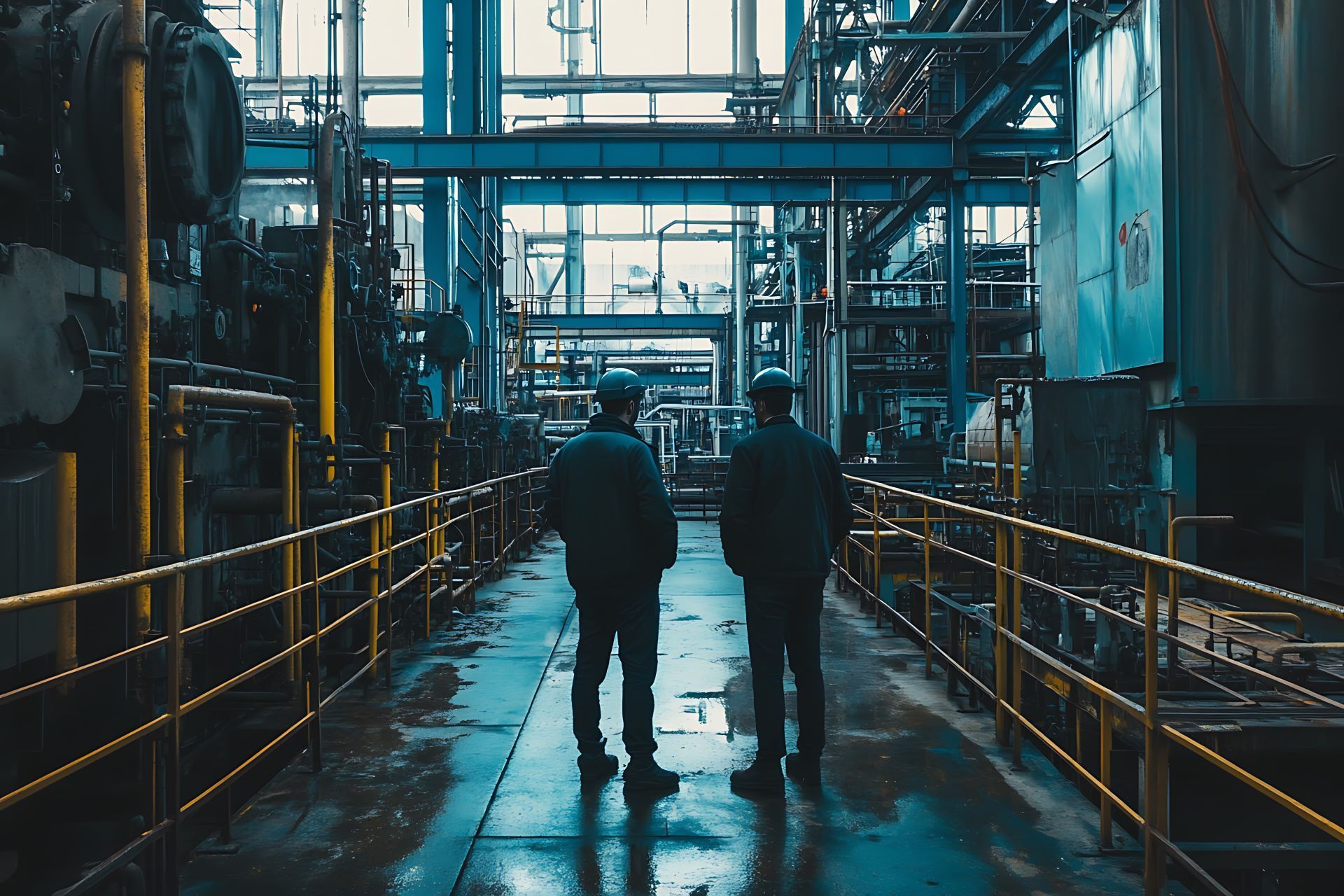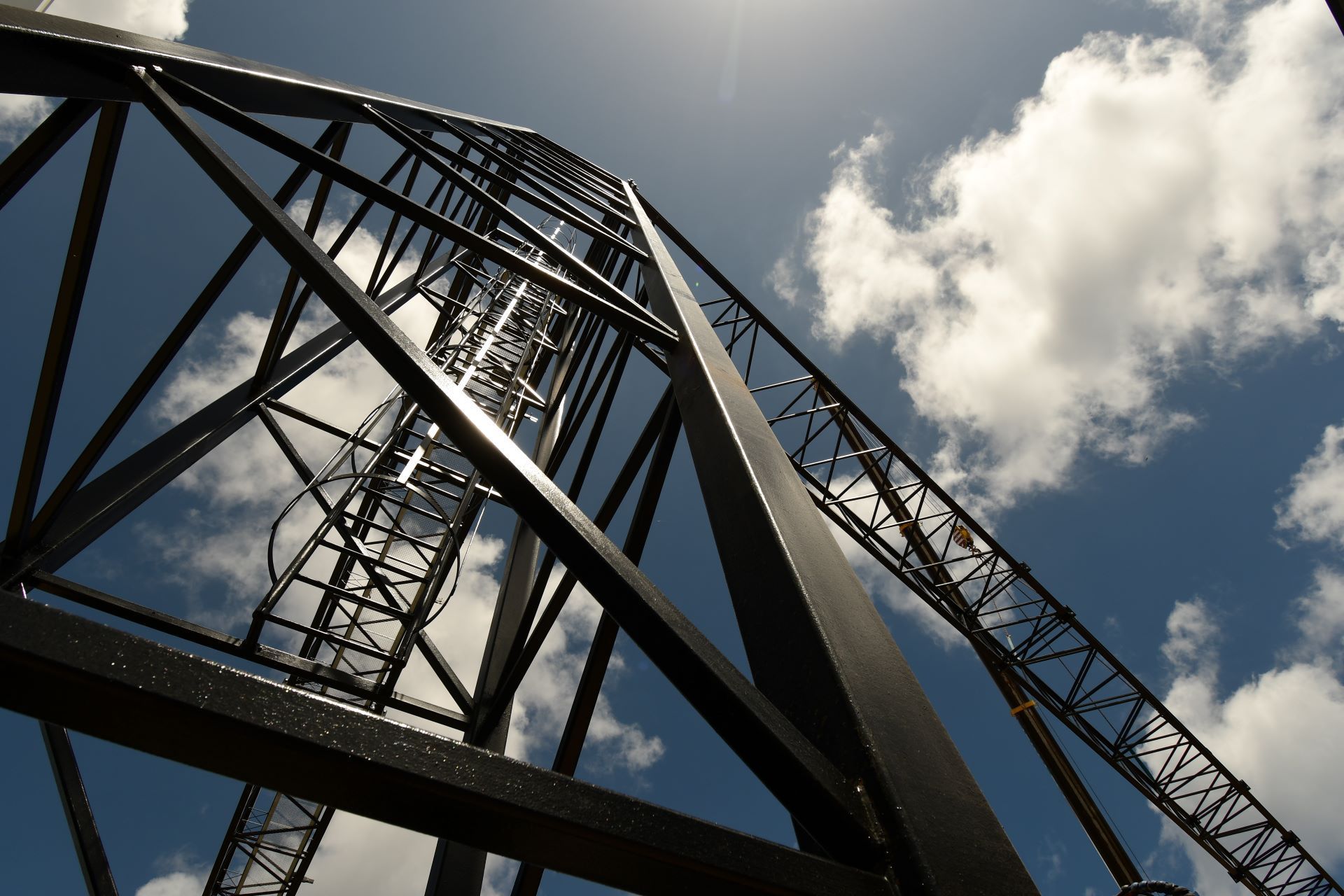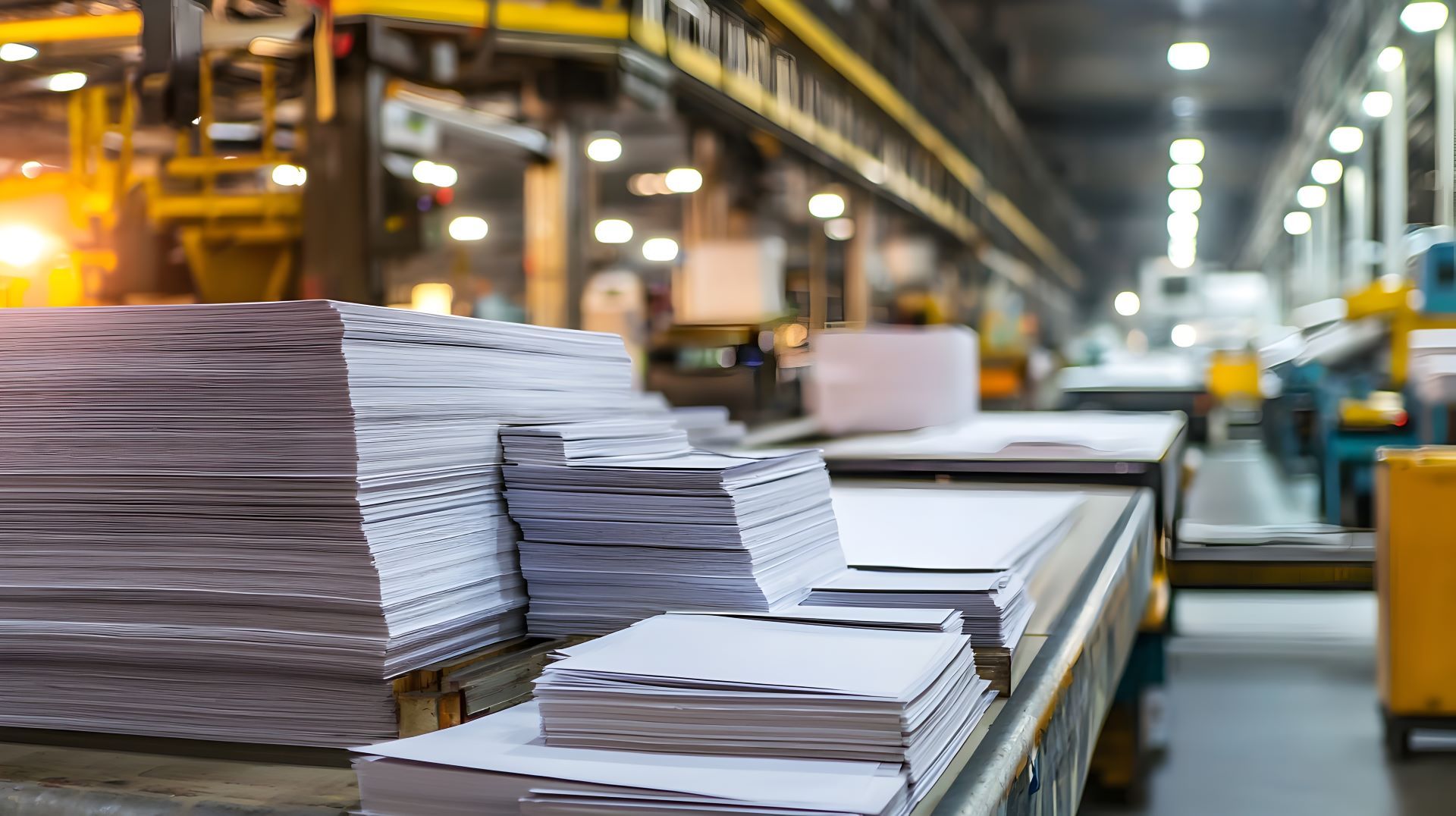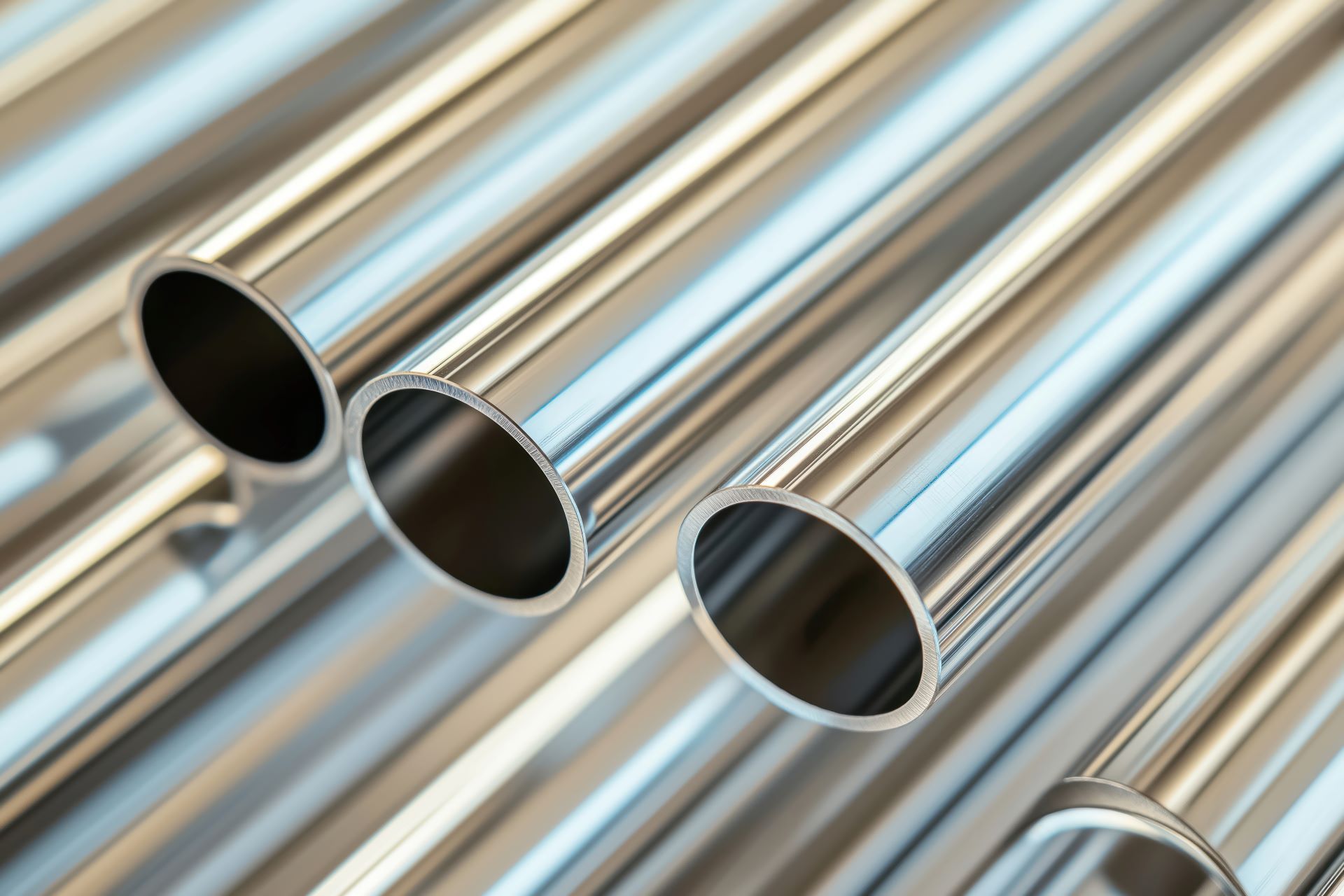Why Stainless Steel Is the Preferred Choice for Heat Exchangers in Energy Systems
In modern energy systems, material selection directly impacts long-term efficiency, safety, and durability. Among the available options, stainless steel remains the industry standard for heat exchangers especially in demanding thermal, chemical, and industrial environments.
At Action Stainless, we supply the stainless grades and processing services needed to support high-performance heat exchanger manufacturing. Whether you're engineering for power plants, LNG systems, chemical facilities, or geothermal energy, this blog explores why stainless steel is the smart choice and how we help our customers meet demanding tolerance, cleanliness, and material requirements.
Why Heat Exchanger Materials Matter in Energy Systems
Heat exchangers are essential to the transfer and regulation of thermal energy between fluids. They are used in nearly every energy related application, including:
- Fossil and nuclear power plants
- Solar and geothermal systems
- Hydrogen and bioenergy
- LNG and cryogenic storage
- Chemical processing and refineries
These environments subject equipment to extreme heat, aggressive media, high pressures, and continuous cycling making material performance non negotiable.
Aluminum, copper, and even carbon steel may be used in select systems. However, stainless steel offers the most balanced combination of
strength, corrosion resistance, thermal stability, and cleanliness for industrial scale systems.
Key Performance Demands in Energy Heat Exchangers
To understand the value of stainless steel, it's helpful to look at the functional demands placed on energy system heat exchangers:
- Corrosion Resistance: Exposure to acidic condensates, chlorides, or caustic chemicals can rapidly degrade unprotected metals. Heat exchangers must resist pitting and crevice corrosion to ensure long-term performance.
- High-Temperature Strength: In fossil, nuclear, and geothermal systems, materials must maintain structural integrity at elevated operating temperatures.
- Thermal Conductivity & Efficiency: While stainless steel isn’t the most thermally conductive material, it can be formed into thin walls and high-surface-area geometries to deliver the needed transfer performance.
- Hygienic and Smooth Surface Finish: In hydrogen, chemical, and clean energy applications, surface finish affects contamination control, flow rates, and maintenance.
- Mechanical Formability: Heat exchanger tubing, plates, and shells must be bent, welded, or rolled into complex shapes requiring metals that support consistent fabrication.
Stainless steel meets these demands while offering added benefits, including ease of cleaning, recyclability, and compatibility with high-pressure systems.
Why Stainless Steel Outperforms Alternatives
While aluminum and copper offer good thermal performance, they often fall short in harsh chemical or high-pressure environments. Here's a direct comparison of materials used in energy-related heat exchangers:
| Property | Stainless Steel | Aluminum | Copper |
|---|---|---|---|
| Corrosion Resistance | Excellent (304, 316) | Poor (marine, acids) | Moderate |
| High-Temperature Performance | Up to 1500°F (304) | Below 400°F | Below 450°F |
| Dimensional Tolerance | Lower precision | Tight and consistent | Low |
| Strength | Moderate | Higher due to strain hardening | Limited |
| Formability | Excellent for large parts | Better for fine, detailed work | Good |
| Cost | Lower | Higher | Higher |
| Common Applications | Tanks, frames, vessels, heavy plate | Food equipment, cleanrooms, architectural | Moderate |
As shown above, stainless steel stands out not just for performance but for lifespan and system reliability under demanding service conditions.
Stainless Grades Commonly Used in Heat Exchangers
304 Stainless Steel
- Excellent formability and weldability
- Good corrosion resistance
- Ideal for low-to-moderate temperature applications
316 / 316L Stainless Steel
- Enhanced corrosion resistance (especially against chlorides)
- Used widely in marine, LNG, and chemical environments
- Lower carbon version (316L) resists weld-related corrosion
2205 Duplex Stainless Steel
- High strength and excellent chloride resistance
- Withstands aggressive chemical and marine conditions
- Often used in offshore or geothermal heat exchangers
904L or Super Austenitic Grades
- Extremely high resistance to sulfuric acid, chlorides, and heat
- Used in specialized chemical plants and nuclear cooling systems
Each grade offers a tradeoff between cost, performance, and fabrication compatibility. Our team at Action Stainless helps customers identify the right match for operating conditions, fabrication constraints, and budget.
How Action Stainless Supports Heat Exchanger Fabrication
Designing a high-performance energy system is only one part of the equation. Execution depends on sourcing metal that meets performance specs and fabrication requirements. Action Stainless supports this with:
- Mill-certified stainless materials with traceability and material test reports (MTRs)
- Saw cutting to size for tubing, plate, and bar
- Precision grinding for bar and shaft tolerance control
- In-house shearing and plate processing
- Multiple stocking locations for fast regional delivery
Our experience with tank manufacturers, energy contractors, OEMs, and heat exchanger fabricators allows us to supply ready-to-use materials while reducing waste and delays.
Applications of Stainless Heat Exchangers in Energy Industries
From heat recovery to liquefied gas storage, stainless steel appears in every segment of modern energy:
Nuclear & SMR Systems:
Stainless is used in pressurized water reactors and small modular reactor (SMR) systems for its radiation resistance, pressure strength, and longevity.
LNG & Cryogenic Storage:
316L and duplex stainless resist corrosion in extremely cold, chloride-rich environments where aluminum may fail.
Solar Thermal Plants:
In molten salt and solar steam systems, stainless heat exchangers manage extremely hot fluids with minimal scaling or degradation.
Geothermal Systems:
Duplex and super austenitic grades resist sour gases and high mineral content water.
Hydrogen Production:
Cleanability and chemical resistance make stainless ideal for electrolyzers, heat exchangers, and reformers.
Bioenergy & Biogas:
316 stainless and duplex alloys handle organic acids, ammonia, and condensate gases generated in digestion processes.
Wherever temperature, pressure, and corrosion intersect, stainless steel heat exchangers provide dependable performance.
What Engineers Should Consider When Specifying Stainless
Selecting stainless steel involves more than just picking a grade. Engineers and procurement teams should work closely with suppliers to confirm:
- Corrosive Media Compatibility: Chlorides, acids, or gases can all influence grade choice.
- Temperature Range: Some grades lose strength or form oxide scales at elevated temperatures.
- Fabrication Process: Will the material be rolled, formed, or welded? Choose a grade with the needed mechanical properties.
- Surface Finish Requirements: Certain pharmaceutical or hydrogen systems require polished or passivated finishes.
- Delivery Timeline: Some specialty grades may have extended lead times stock availability matters.
At Action Stainless, we help answer these questions early in the design process so fabricators don’t run into last-minute sourcing issues.
Partnering With Action Stainless on Energy System Projects
If you're designing or fabricating heat exchangers for power generation, chemical processing, LNG, or renewable systems, we’re ready to support your stainless steel needs. We go beyond just supplying metal we provide:
- Grade selection insight based on application needs
- Processing services to minimize waste and setup time
- Reliable logistics and documentation for code compliance
- A customer-first approach to long-term project success
With locations across the U.S. and deep industry knowledge, Action Stainless is a trusted material partner to energy sector manufacturers and fabricators.
Let’s Talk Stainless for Energy Systems
Choosing the right stainless steel can improve thermal performance, reduce maintenance, and extend equipment life in even the harshest energy system environments. If your team needs help sourcing certified stainless for heat exchangers, tanks, or thermal systems, contact Action Stainless for material guidance, precision processing, and dependable delivery.
FAQ: Stainless Steel for Heat Exchangers
Why is stainless steel preferred for energy system heat exchangers?
Stainless steel offers a unique combination of high-temperature strength, corrosion resistance, and formability critical for efficient, long-lasting heat exchangers.
What grade of stainless is best for high-pressure applications?
Duplex stainless steel (like 2205) is often used for high pressure or chloride-heavy environments due to its superior strength and corrosion resistance.
Is stainless suitable for aggressive chemicals or hydrogen systems?
Yes. 316L, 904L, and super austenitic grades are ideal for systems exposed to acids, chlorides, or hydrogen processes.
Does stainless steel reduce lifecycle costs?
While the initial cost may be higher, stainless steel reduces downtime, corrosion failures, and replacement frequency resulting in lower total cost of ownership.
Can Action Stainless supply heat exchanger stainless with MTRs?
Absolutely. All stainless materials are supplied with full mill test reports and traceability documentation.






